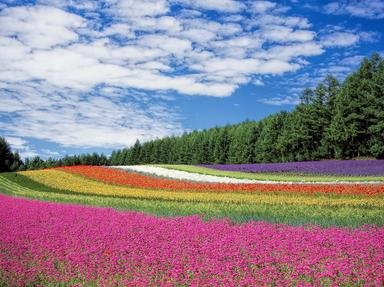Quiz Answer Key and Fun Facts
1. The players of which iconic soccer national team, nicknamed "canarinho" (canary), wear yellow jerseys with green trim?
2. The leaves of many trees of the genus Populus turn a beautiful deep yellow colour in autumn. By what common name (which might remind you of winter sports) are these trees known?
3. One of Vincent Van Gogh's best-known works, "The Yellow House" depicts a building where the artist lived for some time, located in which historic city of southern France?
4. Yellow fever is still present in many parts of the world, though not as the scourge it used to be in the past. Which major, "easy" US city suffered through numerous yellow fever epidemics in the 18th and 19th centuries?
5. Three of these four "yellow" animals can fly. Which is the one that swims?
6. The Yellow Sea gets its name from the sediment deposited by various rivers, as shown in the photo. Which of these Asian countries does NOT border the Yellow Sea?
7. A famous product of the northeastern French region of Lorraine, mirabelles are a variety of what stone fruit - generally associated with a different colour?
8. "The Yellow Book" was a literary periodical published in Britain in the 1890s. Which famous artist and illustrator, a friend and collaborator of Oscar Wilde, was associated with it?
9. Many valuable gemstones come in a variety of colours, including different shades of yellow. What fiery gemstone does NOT occur in yellow?
10. In which famous government-related building would you find this elegant room, known as the Yellow Oval Room?
Source: Author
LadyNym
This quiz was reviewed by FunTrivia editor
agony before going online.
Any errors found in FunTrivia content are routinely corrected through our feedback system.

